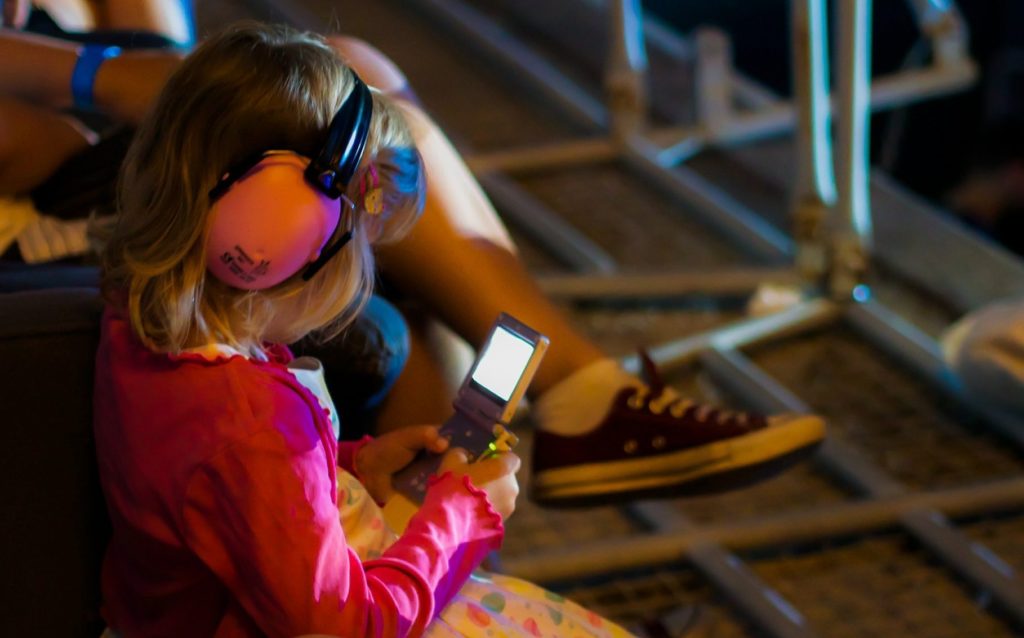
Protecting young ears
By: Karina Chaloux, audiologist, Hamilton Health Sciences
In my role as an audiologist, I’m often asked whether babies and children should wear hearing protection. The answer is: absolutely! Noise that’s potentially damaging to an adult’s ears is even more dangerous to a child’s. And, since hearing loss from exposure to loud noises is permanent, it’s important for parents to start the habit of protecting kids’ ears while they’re young.
When should my child wear hearing protection?
Everyone, especially children and babies, should wear hearing protection when the potential for loud noises is high. We measure sound in “decibels”. Any noise below 75 decibels (about the level of a vacuum cleaner) is considered safe. Noise above 85 decibels (about the level of a lawn mower) is dangerous and can cause hearing damage and loss.
Activities that may lead to hearing loss include:
- Attending loud events in stadiums, gymnasiums, amusement parks, theaters, auditoriums, and other entertainment facilities.
- Attending auto races, air shows, demolition derbies, sporting events, music concerts (music lessons, rehearsals), fireworks.
- Riding a snowmobile, all-terrain vehicle, motorcycles or farm tractor/equipment.
- Using or in the presence of lawn mowers, leaf blowers, snow blowers, chain saws or any other loud power tools.
- Participating in or observing shooting sports. The sound of a gunshot can reach the same level as a jet engine at takeoff. At this decibel level, noise can damage hearing immediately and permanently. Hearing protectors should be a standard part of shooting-safety gear.
If you’re unsure about whether hearing protection is necessary in a particular situation, there are mobile apps available for download which measure decibel levels to help you identify a potential risk for hearing damage.
What kind of hearing protection should children wear?
There are three common types of hearing protection products, some of which are better for babies and children.
Earplugs: Earplugs are either soft foam or hard plastic inserts that fit directly into the ear canal. They come in both disposable and reusable options. Because earplugs are usually adult sizes, they may not fit into small ears, while also posing a choking hazard for young kids.
Ear muffs: Ear muffs designed specifically for hearing protection are a good option for kids, since they fit over and form a seal around the entire ear. The ear muffs are held in place by an adjustable band and they come in kids’ sizes, making it easy to find a proper fit. Remember: try to keep hair and glasses out of the way to ensure a proper seal.
Custom earplugs: Custom earplugs are made to fit the individual’s ear, making them the best option for a proper fit. They can fit the ear and the ear canal tightly, and slightly changes shape with the ear canal when talking or chewing. Custom earplugs have advanced filters for a precise, even level of noise reduction. The earplugs can be customized to reduce volume only by the necessary amount, and can filter select kinds of sound more than others so that it’s still possible to hear music and speech. Please note that because these earplugs are custom made children can outgrow them quickly.
To learn more about hearing protection options, talk to your ear doctor or contact the Audiology clinic at Hamilton Health Sciences.
